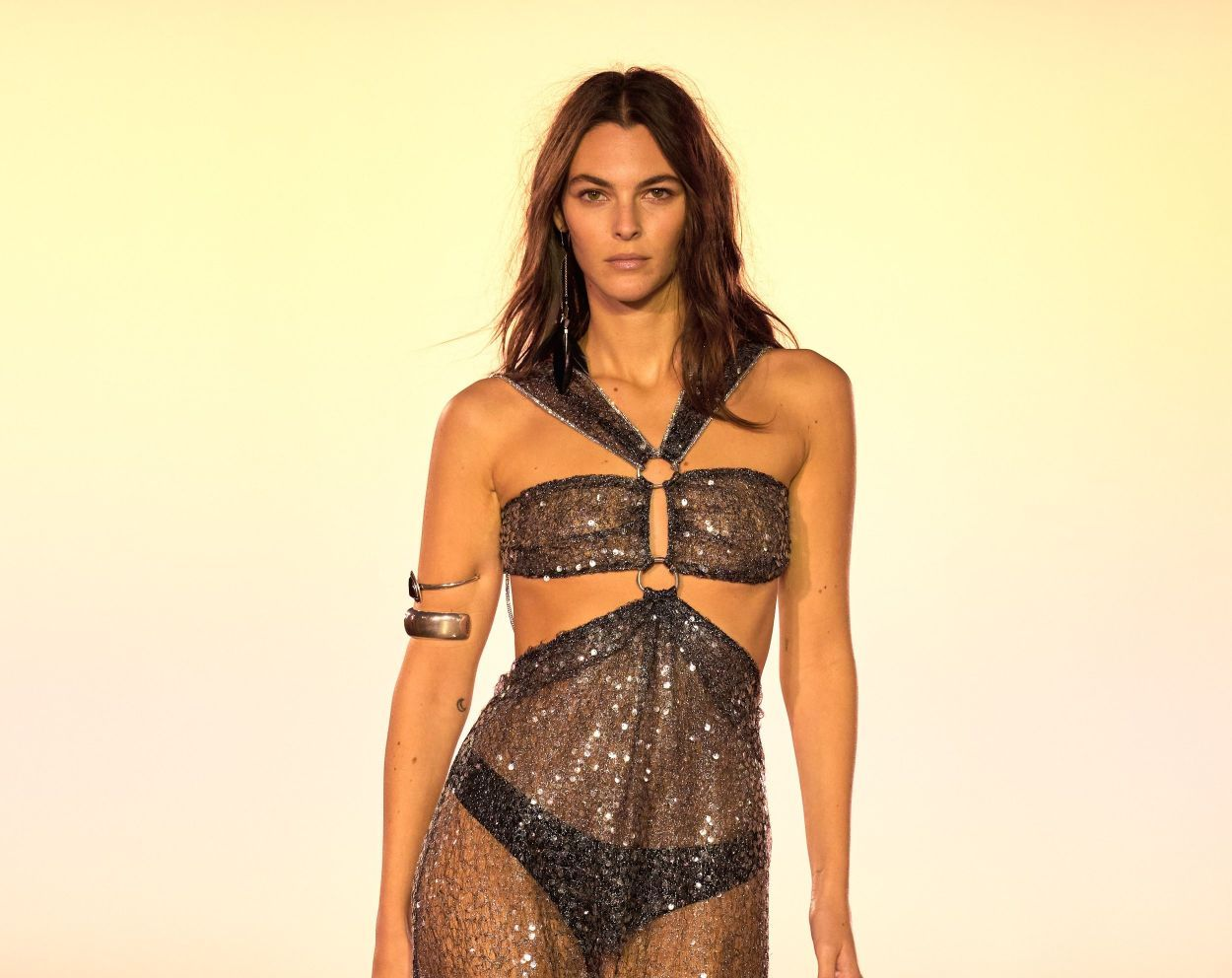Will drop culture be Supreme's downfall?
Jun 18, 2019

T-shirts. Yes, T-shirts. That’s the root cause for the Black Friday-esque frenzy surrounding the recent KAWS x Uniqlo collaboration – some T-shirts. And it’s all a result of “drop culture”, the business model that’s currently taking over the fashion industry.
A drop is when a brand releases a new product, typically released in a limited edition at select location(s), without much warning or information. Drop culture has its fashion roots in the 1980s and was created by sneaker brands, including Nike and Adidas, which were looking to get their customers excited about a new release. They would sell a new, limited-edition product in a brick-and-mortar store on a certain day and then, once it was sold out, it was gone for good.
According to Dictionary.com, “Drop culture grew around the thrill of the drop. The lines, the frantic shopping, the anticipation of future drops, the reselling of out-of-stock goods – these all make up the culture.” It has become a marketing technique for many streetwear brands, but numerous high-end brands have joined the fray after seeing the opportunities it can bring, including helping them break into the younger market.
It used to be that we could rely on these high-end brands to give us structure in the fashion world, with new lines each season having advanced notice and some sense of predictability. But now, with the interest around drops and the money involved, brands such as Louis Vuitton, Alexander Wang and Burberry have hopped on the bandwagon.
Burberry, for example, has now introduced a drop every month on the 17th, allowing the brand to sell a US$372 T-shirt and a US$578 sweatshirt via a 24-hour flash sale. This has created anticipation every month for the new drop – and a new urgency to buy Burberry products.
The brands most famously (or notoriously, depending on your take) known for their success with drop culture are BAPE and Supreme, which took full advantage of this concept in the 2010s. Supreme, in particular, figured out that it could capitalise on the same excitement, exclusivity and culture that sneaker brands had been able to obtain.

This drop culture has been able to make literally anything Supreme sells seem desirable – including incense, a crowbar, a brick, dice and a hammer. These limited-edition products sell out instantly and retail at a huge increase once they’re listed online by resellers. The brick is a prime example of Supreme’s power in the market; it originally sold for US$30 and is now listed online for up to US$1,000. And obviously it’s working – Supreme has a predicted net worth of US$41 billion by 2022, according to Forbes.
So why are these drops bringing so much success? How is it that Supreme can sell out of a brick, or Uniqlo a simple T-shirt? On his Netflix show Patriot Act, comedian and political commentator Hasan Minhaj examines why these brands have been so successful, but also discusses their vulnerability when capitalising on drop culture. He specifically focuses on Supreme and his ultimate take that the hype brought on by drop culture is simply not sustainable.
Minhaj admits to being a victim of this culture himself, being obsessed with Nike’s Air Jordans and waiting in hour-long lines to get the latest drops. In this episode, he discusses the drop culture phenomenon with sneaker expert Matt Powell and points out where the vulnerability lies.
Powell explains that this culture is all about scarcity in supply and demand, and that people want what others can’t get. Basically, if everyone can buy something, no one will want it in the end. Minhaj remarks that “Supreme is the Harvard of streetwear” and goes on to explain its success as due to conspicuous consumption, the purchase of goods or services for the specific purpose of displaying one’s wealth. This has caused brands such as Supreme to become Veblen goods – ones that react with a rise in demand correlating to a rise in price.
With these products being so limited, the resale price can be very high, driving the demand even higher. Minhaj explains that it also makes these hype brands fragile, however. In essence, they have a shelf life. If a brand like Supreme tries to flood the market with a product, their success won’t be guaranteed to continue. Although drop culture and the power of hype will always be present in fashion, the same brands might not always be a part of it.





























